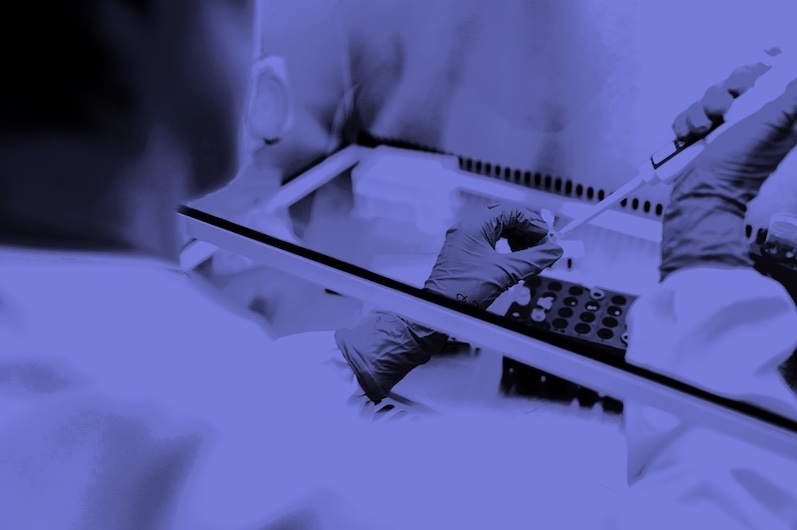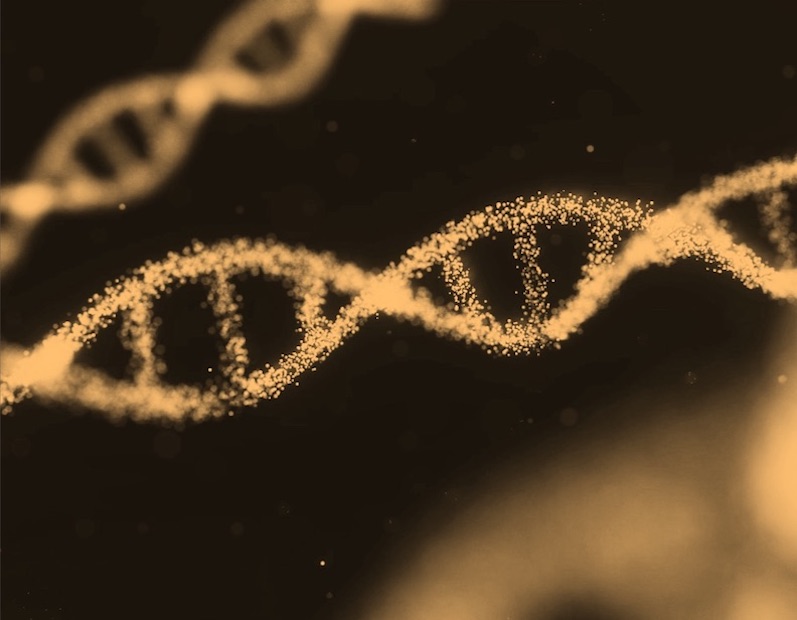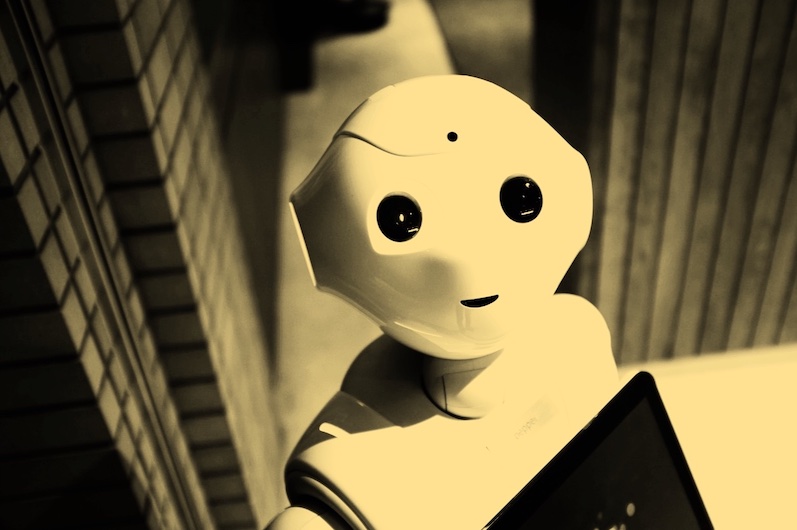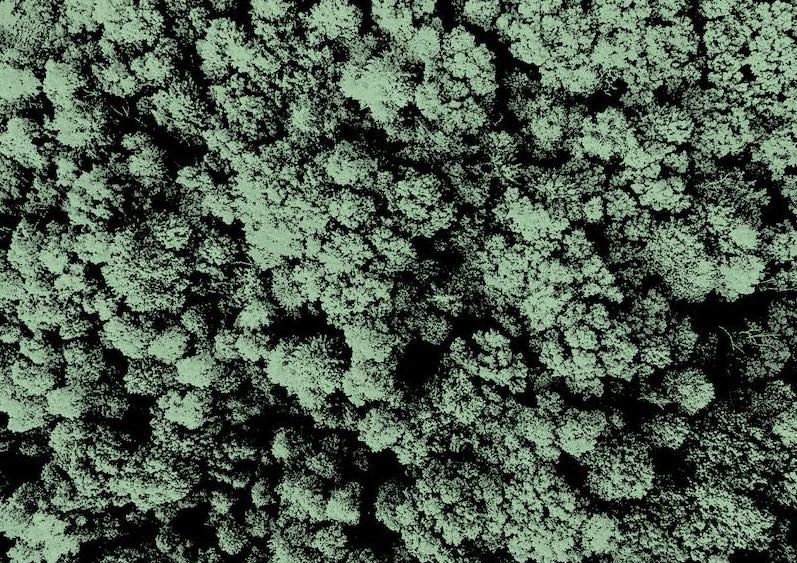What is it about?
Biomedical data mining has been paid great attention to exploring the hidden patterns in the database of the medical domain. These patterns are widely utilized in the field of clinical diagnosis, but the original medical data are heterogeneous in nature, voluminous, and distributed. The development of novel medical deceives and database management systems generate a large number of databases in the biomedicine world. This chapter presents some basic ideas of data mining techniques, applications of data mining in biomedicine, and the data mining of drug discovery. Applications of multimedia mining, including text, image, video, and web mining, are discussed. The key issues faced by medical doctors, computing professional, and the clinicians are highlighted, and also some of the future developments in the field is stated. However, the useful information extracted from the original biomedical data is very challenging, but still, the data mining is a good research area of scientific study and remains the promising and rich field of research
Featured Image
Why is it important?
Data mining techniques enable the identification of hidden patterns and correlations in vast amounts of medical data, leading to improved diagnostic accuracy, personalized treatment plans, and better patient outcomes through the analysis of biomedical data, researchers can identify potential therapeutic targets, understand disease mechanisms, and accelerate the development of new drugs. Data mining in drug discovery can significantly reduce the time and cost associated with bringing new medications to market. The application of text, image, video, and web mining in biomedicine facilitates comprehensive data analysis. This integration allows for the extraction of valuable insights from various data formats, enhancing research capabilities and supporting clinical decisions The application of text, image, video, and web mining in biomedicine facilitates comprehensive data analysis. This integration allows for the extraction of valuable insights from various data formats, enhancing research capabilities and supporting clinical decisions.
Perspectives
From a technological standpoint, the evolution of data mining techniques and the development of sophisticated database management systems represent significant advancements. These innovations facilitate the analysis of complex and voluminous datasets, enabling the extraction of meaningful insights that were previously inaccessible. The progress in computational algorithms, machine learning, and artificial intelligence plays a pivotal role in processing and interpreting heterogeneous medical data. Clinically, data mining holds the potential to revolutionize patient care by enhancing diagnostic accuracy, enabling personalized medicine, and improving treatment outcomes. By identifying patterns and correlations within vast datasets, healthcare professionals can make more informed decisions, tailor treatments to individual patient profiles, and even predict disease progression. This perspective highlights the direct impact of data mining on patient care and clinical practices.
Balajee Maram
SR University
Read the Original
This page is a summary of: Biomedical data mining for improved clinical diagnosis, January 2021, Elsevier,
DOI: 10.1016/b978-0-12-820601-0.00012-4.
You can read the full text:
Contributors
The following have contributed to this page







